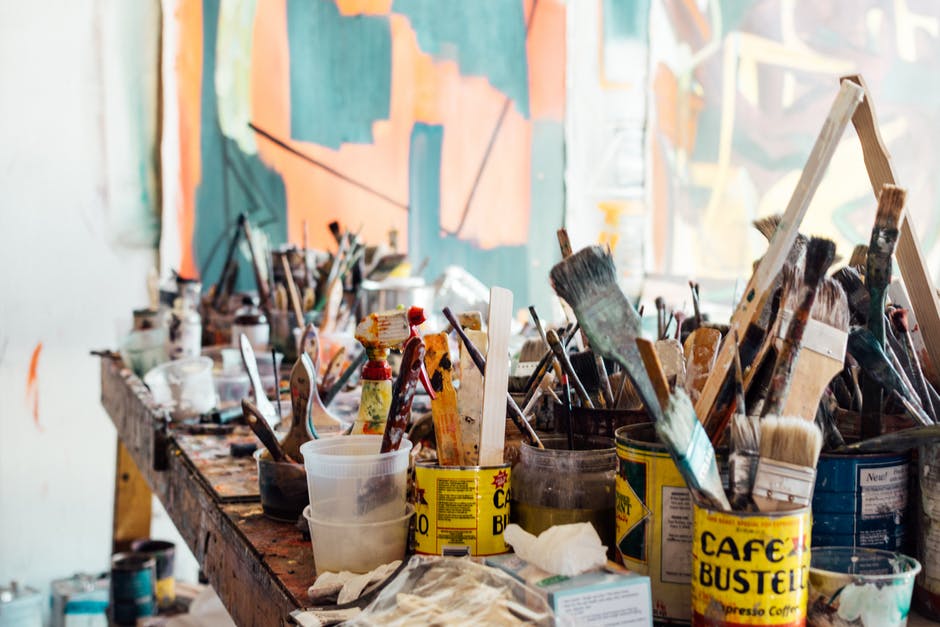Art, regardless of medium or format, is a uniquely human craft. It encompasses and fuses a multitude of facets from the human condition; rationality and scientific tendencies are often found competing with the subjectivity of experience and sense in most modern artworks. Art makes us think, feel and remind us of the pleasures of being alive and mortal.
Consequently, valuing these compositions is a theoretically and philosophically arduous task. To make an informed and sound valuation, the viewer must consider all aspects of an artwork, including any historical significance and dialectical standpoint it may espouse. But these are relatively easy to determine with the right equipment, historical knowledge and passion for the arts; the trouble with art at a valuation level emerges when subjectivity is accounted for.
Consider the differing tastes of an art collector and the mother of a young child. To the collector, a masterpiece will be an obvious addition to their collection, but a mother may value her child’s imperfect crayon drawing over seeming artistic perfection. How can we determine the validity of these evaluations? We may argue for the collector due to his knowledge of art history and theory. Conversely, we may deduce that the mother is correct as she truly understands her child’s artistic intent.
The truth is that we are unable to rationally compare people’s preferences in any field of study, be it art, economics or politics. We can certainly tell whether one gains or loses utility in relation to a stimulus, but to say the art dealer benefits from increasing his collection more than the mother from receiving a messy drawing from her child is illogical. We simply cannot say whose opinion holds greater value.
If we can’t evaluate which subjective perspective has greater relevance, then we cannot theoretically attribute a meaningful value to any artwork. Any attempt to do so becomes mired in the forests of subjective understanding and the resultant valuation loses any kind of power to issue cardinal rank. Masterpieces are indistinguishable from crayon drawings by preschool children, stickmen from Picasso and good taste from the bad. Institutions like art galleries lose any kind of legitimacy as subjectivity relegates the concept of art valuation to the impossible. As the art world falls into dissent, we may potentially lose the ability to describe human experiences and issues in a meaningful way as the criteria for artistic success is replaced by the chaotic schism of individual perception.
Potential solutions do exist for the problem of subjectivity that allow artistic institutions to remain standing. It is true we cannot compare internal order of anyone and rank them on some sort of objective measurement. Rather than despairing or excluding personal preference completely, a balanced and diverse valuation should accept this in their formulas. After all, many other disciplines that include human subjectivity in their machinations – for instance economics, science and philosophy – remain sturdy pillars of human knowledge and art should be no different. We should rejoice that art produces such a myriad of human feelings and thought instead of trying to deduce a hierarchy of ‘better’ and ‘worse’ pieces. Your personal notion of art is a private matter and is both above and separate from the criticism of the wider populous or objective analysis.
The public galleries may be lavish with high performing canvases and well-structured sculptures from an objective, monetary or historical perspective, but they can never be expected to appease the enamelled artistic pleasures of the entire human race. We should start thinking of the objective evaluations of art as but a narrow sampling process, designed only to catch a small element of the human condition for public display. But they can never be used to describe what we display in our own galleries or quantify individual tastes. That is something only you, individually for yourselves, can you do.
Be proud of your subjective toolkit of artistic appraisal, not saddened or worried that it may not conform you do not come to the same conclusion about a certain artwork that a museum or well-read critic did. Art has always been and will continue to be about the unique expression of human emotion and experience, as should the appreciation, enjoyment and valuation at an individual level.
We acknowledge the Ngunnawal and Ngambri people, who are the Traditional Custodians of the land on which Woroni, Woroni Radio and Woroni TV are created, edited, published, printed and distributed. We pay our respects to Elders past and present. We acknowledge that the name Woroni was taken from the Wadi Wadi Nation without permission, and we are striving to do better for future reconciliation.
